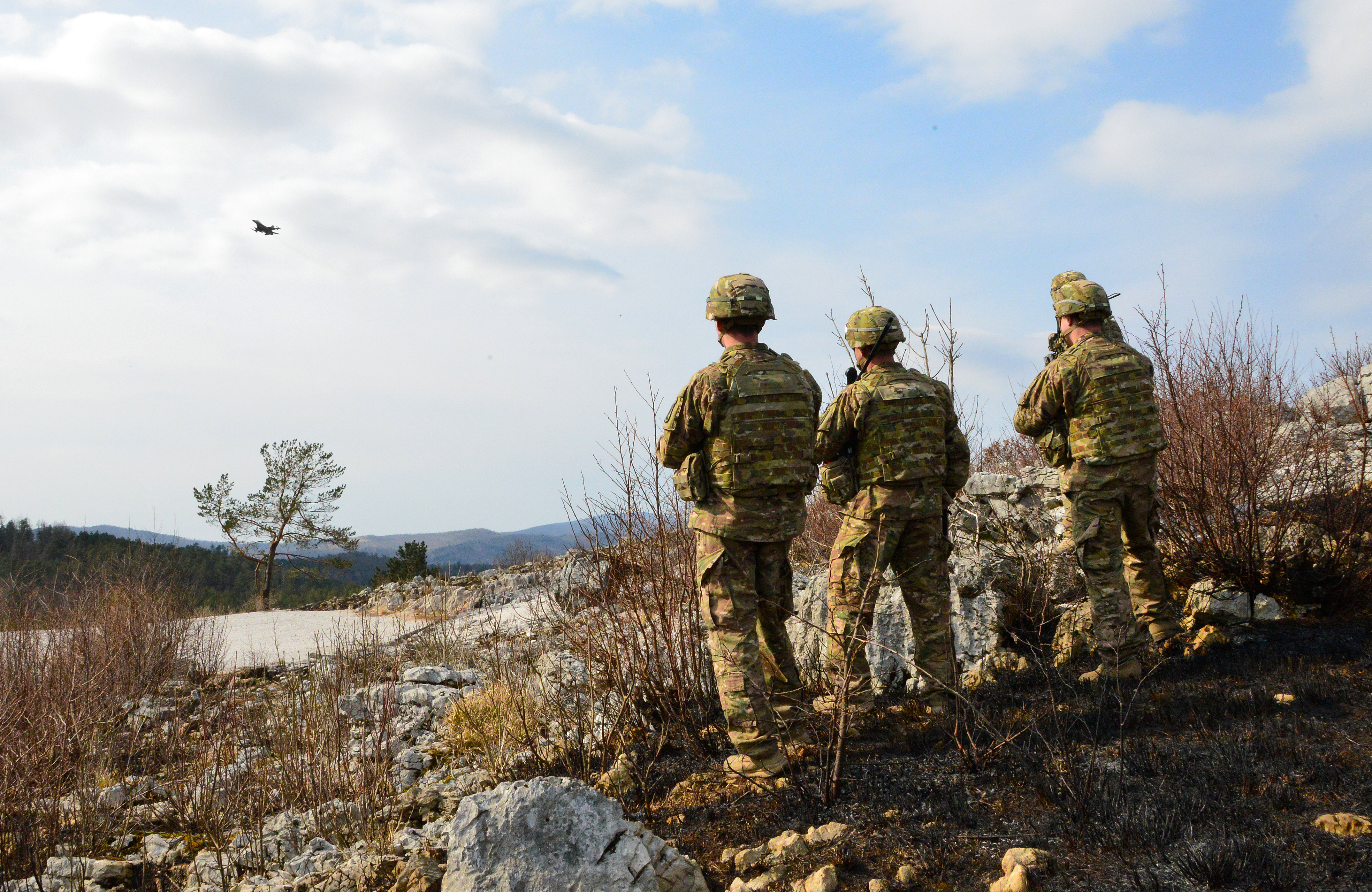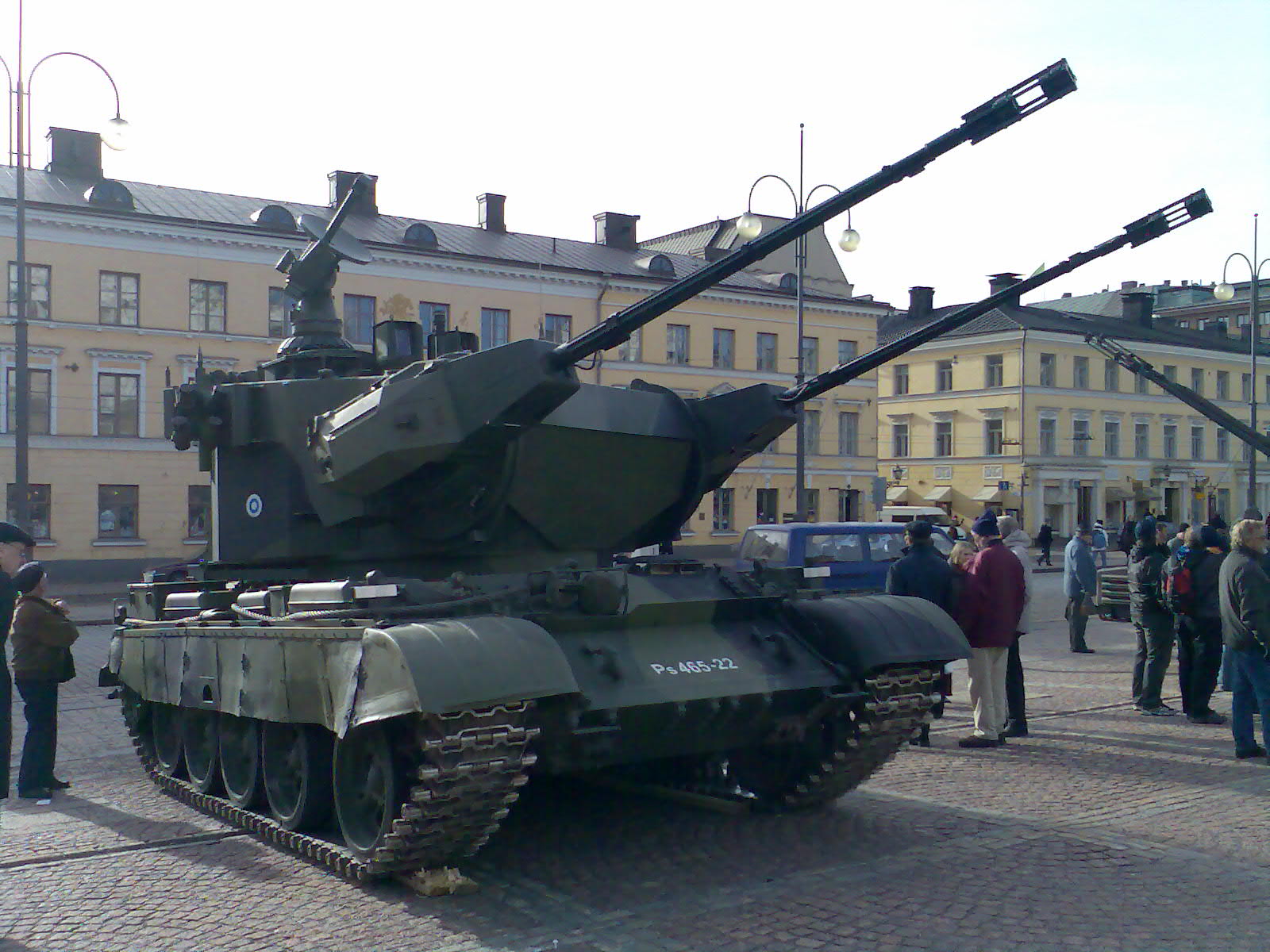|
Type 09 SPAAA
The Type 09 (PLA military designation: PGZ09 – ; pinyin: ''09 shì zì xíng gāoshèpào'', "Type 09 self-propelled anti-aircraft artillery") is a Chinese self-propelled anti-aircraft vehicle manufactured by Norinco. It is armed with two 35 millimeter cannons and optionally two to four fire-and-forget infrared homing missiles. It started to gradually replace the predecessor Type 95 in 2009. Some military analysts designated the vehicle as Type 07, but the official designation was confirmed as Type 09 on the Theme Exhibition of the 90th Anniversary of Chinese People's Liberation Army in 2017. History In 1987, China imported the Oerlikon GDF-002 with manufacture licenses, which was designated as Type 90 twin 35 mm anti-aircraft gun systems in China. Type 90 is mainly designed to engage low-flying target such as Close air support aircraft, helicopters, unmanned aerial vehicles (UAV) and cruise missiles. Type 09 is the self-propelled version of Type 90. Design Type 09 utilizes ... [...More Info...] [...Related Items...] OR: [Wikipedia] [Google] [Baidu] |
Close Air Support
In military tactics, close air support (CAS) is defined as air action such as air strikes by fixed or rotary-winged aircraft against hostile targets near friendly forces and require detailed integration of each air mission with fire and movement of these forces and attacks with aerial bombs, glide bombs, missiles, rockets, autocannons, machine guns, and even directed-energy weapons such as lasers.''Close Air Support''. United States Department of Defense, 2014. The requirement for detailed integration because of proximity, fires or movement is the determining factor. CAS may need to be conducted during shaping operations with Special Operations Forces (SOF) if the mission requires detailed integration with the fire and movement of those forces. A closely related subset of air interdiction (AI), battlefield air interdiction, denotes interdiction against units with near-term effects on friendly units, but which does not require integration with friendly troop movements. T ... [...More Info...] [...Related Items...] OR: [Wikipedia] [Google] [Baidu] |
Self-propelled Anti-aircraft Weapons Of China
Self-propelled may refer to * Human-powered transport, humans moving themselves (and their cargo) via their own muscle energy * Machines that power their own movement: ** Automobile (from ''auto-'' + ''mobile'', "self-moving") ** Locomotive (from ''loco-'' + ''motive'', "moving from its current place") ** Multiple units, self-propelled train carriages ** Self-propelled artillery *** Self-propelled gun *** Self-propelled anti-aircraft weapon *** Tank destroyer, a self-propelled anti-tank gun *** Mortar carrier, a self-propelled mortar ** Self-propelled modular transporter ** Leonardo's self-propelled cart ** Self-propelled barge T-36 The self-propelled barge T-36 was a Soviet barge of the Project 306 type. Its waterline length is 17.3 m, width is 3.6 m, depth is 2 m, draft is 1.2 m. Tonnage is 100 tons, barge has two engines, speed is 9 knots. The barge is known for drifting ... * Self-propelled particles, a model for studying the motion of swarms {{Disambiguation ... [...More Info...] [...Related Items...] OR: [Wikipedia] [Google] [Baidu] |
Weapons Of The People's Republic Of China
A weapon, arm or armament is any implement or device that can be used to deter, threaten, inflict physical damage, harm, or kill. Weapons are used to increase the efficacy and efficiency of activities such as hunting, crime, law enforcement, self-defense, warfare, or suicide. In broader context, weapons may be construed to include anything used to gain a tactical, strategic, material or mental advantage over an adversary or enemy target. While ordinary objects – sticks, rocks, bottles, chairs, vehicles – can be used as weapons, many objects are expressly designed for the purpose; these range from simple implements such as clubs, axes and swords, to complicated modern firearms, tanks, intercontinental ballistic missiles, biological weapons, and cyberweapons. Something that has been re-purposed, converted, or enhanced to become a weapon of war is termed weaponized, such as a weaponized virus or weaponized laser. History The use of weapons is a major driver of cul ... [...More Info...] [...Related Items...] OR: [Wikipedia] [Google] [Baidu] |
Marksman Anti-aircraft System
Marksman is a British short range air defense system developed by Marconi, consisting of a turret, a Marconi Series 400 radar and two Swiss Oerlikon 35 mm anti-aircraft autocannons. It is similar to the German Gepard system in terms of engine performance, ammunition carried and effective range of the ammunition. The turret can be adapted to many basic tank chassis to create a self-propelled anti-aircraft gun. The only known major operator of the system to date is the Finnish Army, which ordered 7 units in 1990. The turrets were fitted on Polish T-55AM tank chassis. The system is known as the ItPsv 90 in Finnish service (''Ilmatorjuntapanssarivaunu'' 90, Anti-Aircraft tank 90, the number being the year the tank entered service). It is considered a very accurate anti-aircraft artillery system, having a documented hit percentage of 52.44%. In 2010, the Marksman systems in service in Finland were moved to war-time storage. In 2015 work began to install the system on the Leopa ... [...More Info...] [...Related Items...] OR: [Wikipedia] [Google] [Baidu] |
Type 87 Self-propelled Anti-aircraft Gun
The is a Japanese air defense weapon built around the Oerlikon 35 mm twin cannon system as used on the Gepard self-propelled anti-aircraft gun. The system uses a modified Type 74 tank chassis. It is also nicknamed by field officers as "Guntank" after the similar-looking mecha in the ''Mobile Suit Gundam'' series. Also called Guntank or 87AW. History As the JSDF began to seek a replacement for the M42 Duster SPAAGs provided by the United States, the Japanese Defense Agency began to issue requirements for the production of a local SPAAG unit to replace the M42. |
Flakpanzer Gepard
The ''Flugabwehrkanonenpanzer Gepard'' ("anti-aircraft-gun tank 'Cheetah, better known as the Flakpanzer Gepard) is an all-weather-capable German self-propelled anti-aircraft gun (SPAAG). It was developed in the 1960s, fielded in the 1970s, and has been upgraded several times with the latest electronics. It has been a cornerstone of the air defence of the German Army (Bundeswehr) and a number of other NATO countries. In Germany, the Gepard was phased out in late 2010 and replaced by the Wiesel 2 Ozelot ''Leichtes Flugabwehrsystem'' (LeFlaSys) with four FIM-92 Stinger or LFK NG missile launchers. A variant with the MANTIS gun system and LFK NG missiles, based on the GTK Boxer, was also considered. The Gepard has seen combat in the Russo-Ukrainian War. Technology and systems The vehicle is based on the hull of the Leopard 1 tank with a large fully rotating turret carrying the armament—a pair of 35 mm Oerlikon KDA autocannons. Chassis and propulsion The Gepard is ... [...More Info...] [...Related Items...] OR: [Wikipedia] [Google] [Baidu] |
PGZ-95
The Type 95 (PLA military designation: PGZ95 – ; pinyin: ''95 shi zixing gaoshepao'', "Type 95 self-propelled anti-aircraft artillery") is a Chinese self-propelled anti-aircraft vehicle. It is armed with four 25 mm caliber cannons and optionally four fire-and-forget QW-2 infrared homing missiles. It was first displayed publicly at the Beijing Military Parade in 1999. Earlier in development the system was designated Type 90-II and Type 90-III. Design The vehicle uses a tracked armored chassis with six road wheels, a drive sprocket, an idler and three return rollers on each side. The vehicle has a crew of three: driver, commander, and gunner. The engine is located at the front of the vehicle, with the driver sitting on the left side. The driver is provided with a hatch and three vision blocks for visibility when buttoned up. Behind the driver sits the commander, who is provided with a raised hatch, also fitted with three vision blocks. Towards the rear of the hull is the large po ... [...More Info...] [...Related Items...] OR: [Wikipedia] [Google] [Baidu] |
Identification Friend Or Foe
Identification, friend or foe (IFF) is an identification system designed for command and control. It uses a transponder that listens for an ''interrogation'' signal and then sends a ''response'' that identifies the broadcaster. IFF systems usually use radar frequencies, but other electromagnetic frequencies, radio or infrared, may be used. It enables military and civilian air traffic control interrogation systems to identify aircraft, vehicles or forces as friendly and to determine their bearing and range from the interrogator. IFF is used by both military and civilian aircraft. IFF was first developed during World War II, with the arrival of radar, and several friendly fire incidents. IFF can only positively identify friendly aircraft or other forces. If an IFF interrogation receives no reply or an invalid reply, the object is not positively identified as foe; friendly forces may not properly reply to IFF for various reasons such as equipment malfunction, and parties in the ar ... [...More Info...] [...Related Items...] OR: [Wikipedia] [Google] [Baidu] |
PLZ-05
The PLZ-05 or the Type 05 is a 155 mm self-propelled howitzer developed by the People's Liberation Army of China to replace the Type 59-1 130 mm towed gun and Type 83 152 mm self-propelled gun. The PLZ-05 was officially unveiled at the Military Museum of the Chinese People's Revolution to mark the 80th anniversary of the PLA in July 2007, and first entered service with the PLA in 2008. History In 1980s, Chinese military manufacturer Norinco acquired the license to produce GHN-45 howitzer from Noricum, a subsidiary of the Austrian company Voest-Alpine, whom developed CHN-45 based on the design of the GC-45 howitzer. GHN-45 (Gun, Howitzer, Noricum) featured several improvements over the original GC-45, such as better ammunition and fire control systems. Due to the design improvements, GHN-45 had considerably longer ranges than other 155 mm cannon systems used by NATO and Western countries. This capability initially caused worry for allied forces in the Persia ... [...More Info...] [...Related Items...] OR: [Wikipedia] [Google] [Baidu] |
Oerlikon GDF
The Oerlikon GDF or Oerlikon 35 mm twin cannon is a towed anti-aircraft gun made by Oerlikon Contraves (renamed as ''Rheinmetall Air Defence AG'' following the merger with Rheinmetall in 2009). The system was originally designated 2 ZLA/353 ML but this was later changed to GDF-001. It was developed in the late 1950s and is used by around 30 countries. Design and development The system uses twin autocannons, firing 35×228mm NATO-standard ammunition. It was originally designated 353 MK and is now designated as the KD series. The same KD series 35mm cannons are used in the Leopard 1 based Gepard and Type 74 tank based Type 87 SPAAG and Marksman self-propelled anti-aircraft guns (SPAAG). The system could be paired with the off-gun (remote) '' Super Fledermaus'' fire control radar, which in the late 1970s was upgraded to the ''Skyguard'' system. The weapons was aimed either directly, by way of an advanced sighting system, or automatically, by locking onto the target with ... [...More Info...] [...Related Items...] OR: [Wikipedia] [Google] [Baidu] |
Self-propelled Anti-aircraft Weapon
An anti-aircraft vehicle, also known as a self-propelled anti-aircraft gun (SPAAG) or self-propelled air defense system (SPAD), is a mobile vehicle with a dedicated anti-aircraft capability. Specific weapon systems used include machine guns, autocannons, larger guns, or missiles, and some mount both guns and longer-ranged missiles (e.g. the Pantsir-S1). Platforms used include both trucks and heavier combat vehicles such as armored personnel carriers and tanks, which add protection from aircraft, artillery, and small arms fire for front line deployment. Anti-aircraft guns are usually mounted in a quickly-traversing turret with a high rate of elevation, for tracking fast-moving aircraft. They are often in dual or quadruple mounts, allowing a high rate of fire. In addition, most anti-aircraft guns can be used in a direct-fire role against surface targets to great effect. Today, missiles (generally mounted on similar turrets) have largely supplanted anti-aircraft guns, but they ... [...More Info...] [...Related Items...] OR: [Wikipedia] [Google] [Baidu] |







